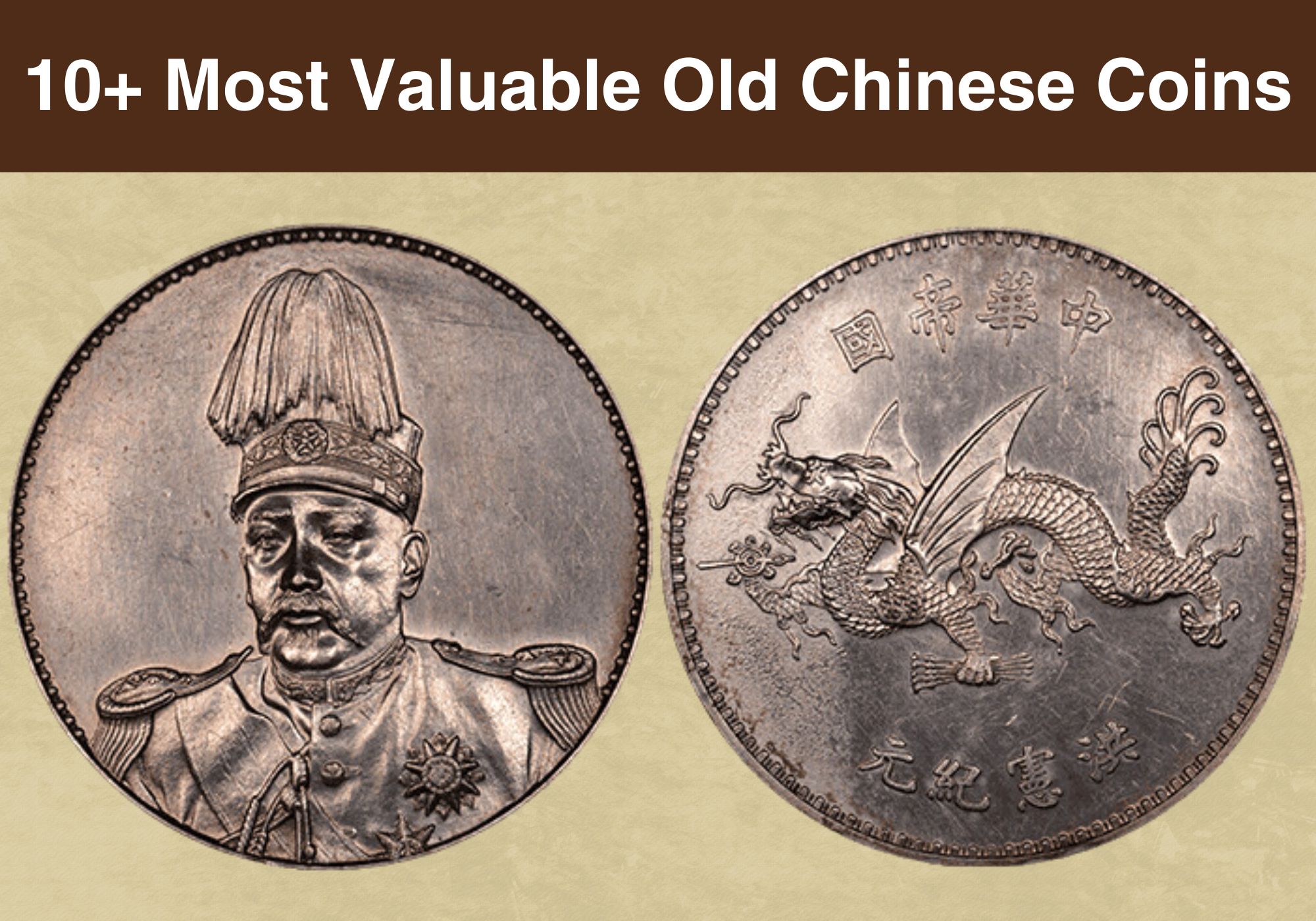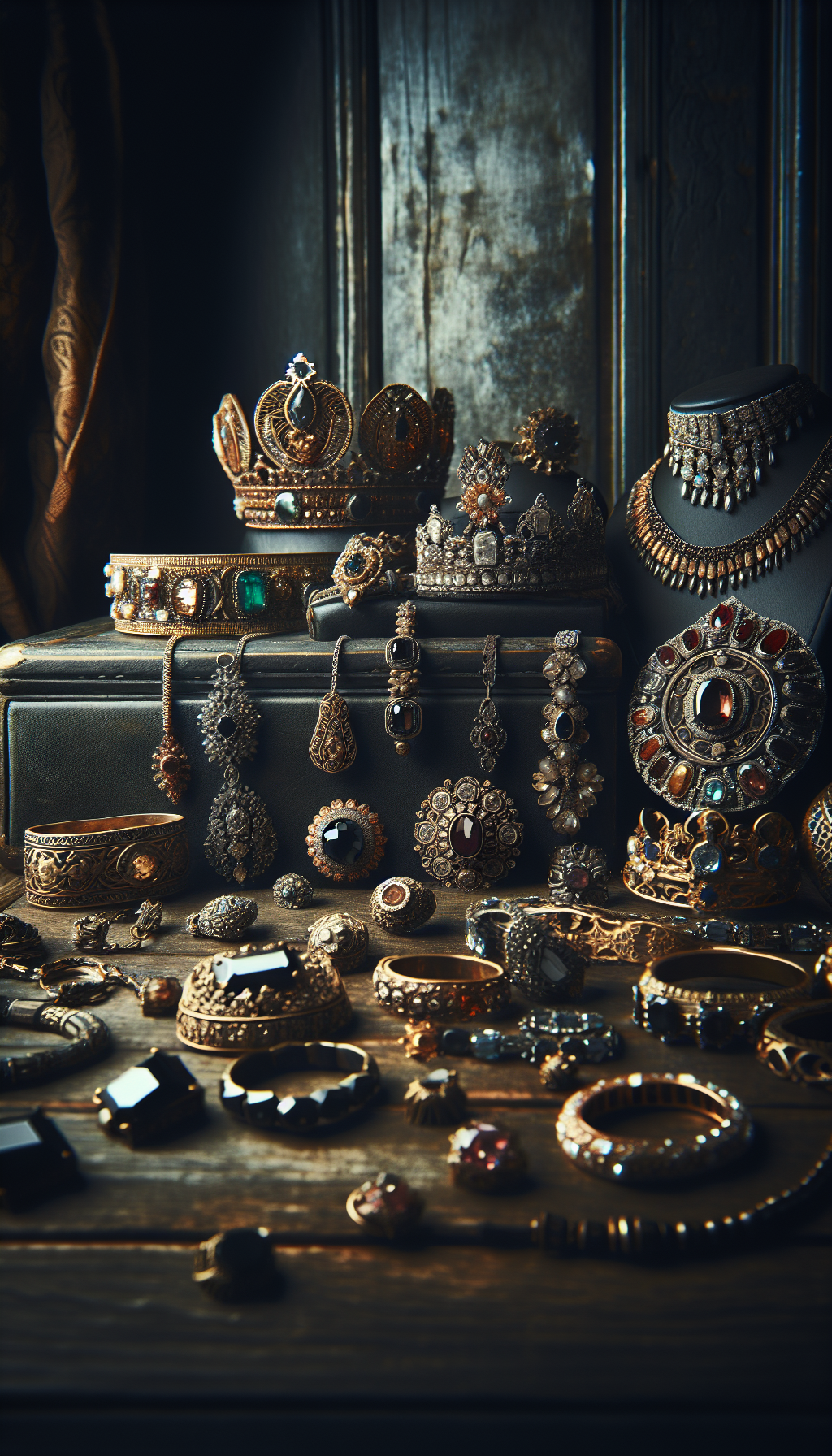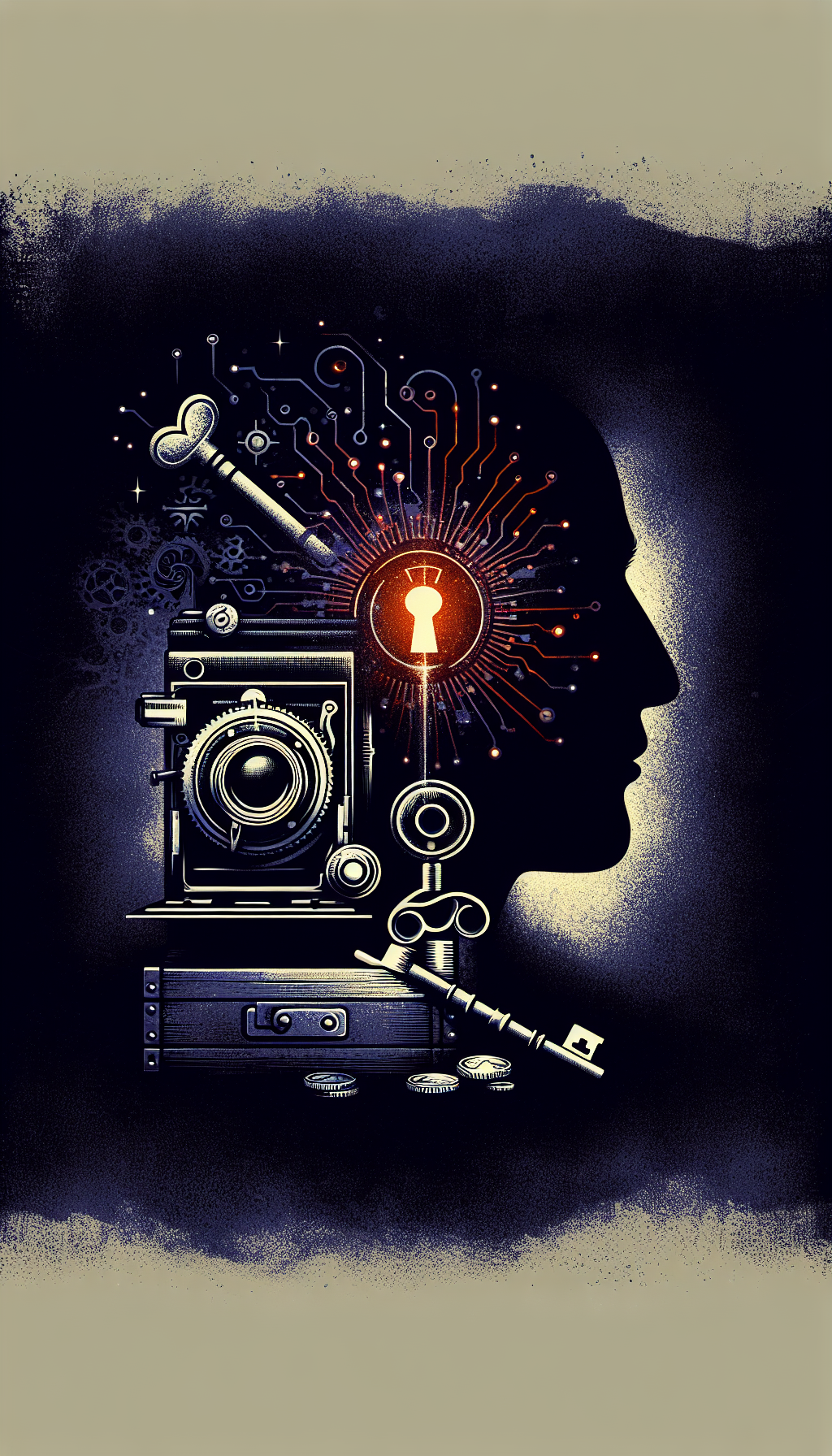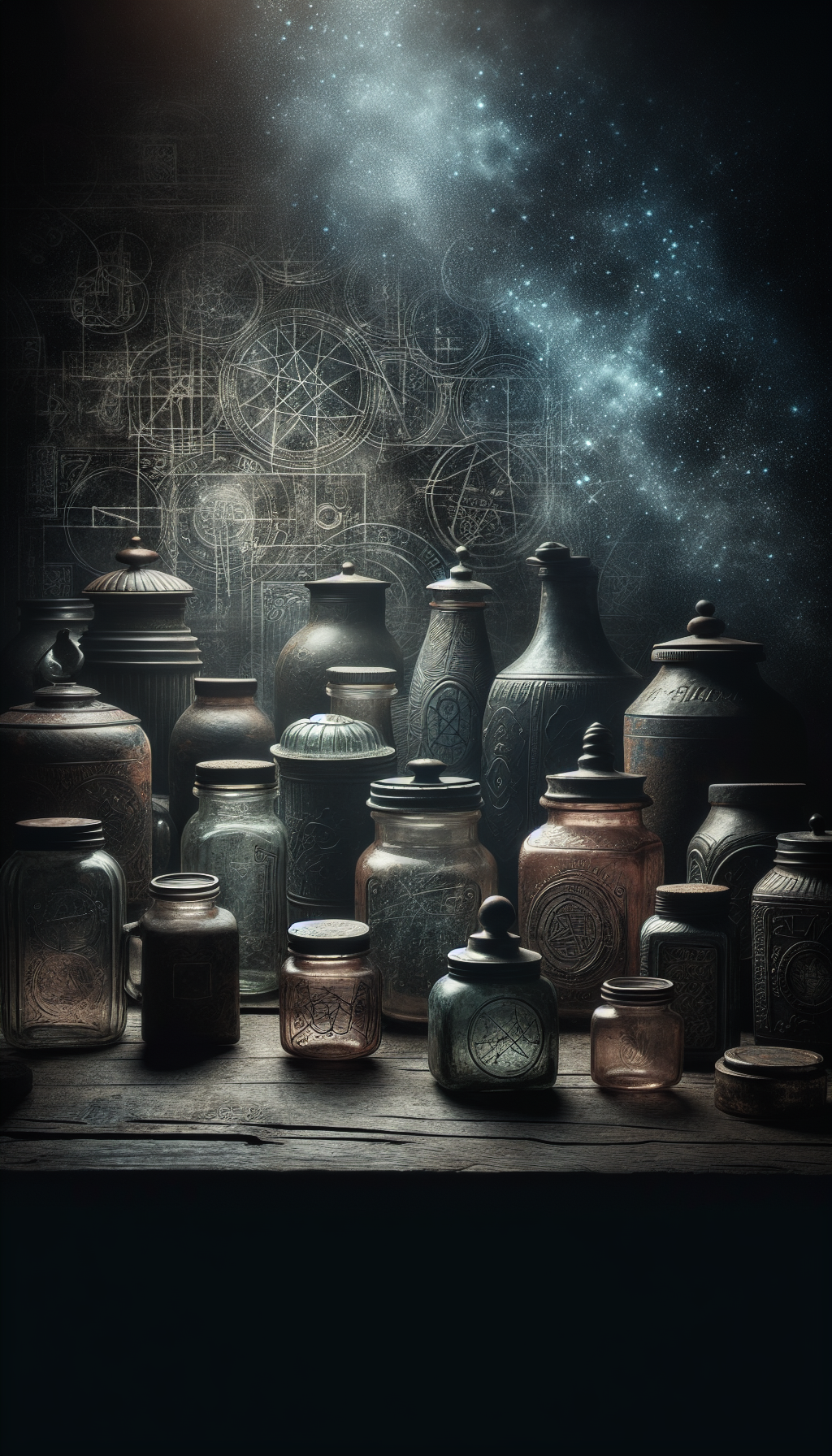Chinese coins represent one of the world’s oldest and most diverse numismatic traditions, spanning over 2,500 years of history. From the earliest round coins with square holes to modern commemorative issues, these pieces offer collectors a tangible connection to China’s rich cultural heritage. Whether you’re a seasoned numismatist or a curious newcomer, understanding the value of old Chinese coins requires knowledge of their historical context, physical characteristics, and market dynamics.
In this comprehensive guide, we’ll explore the fascinating world of Chinese numismatics, focusing on identifying valuable specimens, understanding price determinants, and navigating the collecting market. With some specimens commanding prices in the millions, learning to distinguish ordinary examples from rare treasures is both intellectually rewarding and potentially lucrative.
The Evolution of Chinese Coinage
Historical Timeline of Chinese Coinage
- 255 BC
First Standardized Coins
Emperor Qin Shi Huang introduced the first standardized coinage system in China, with round coins featuring square holes called "Ban Liang." - 118 BC
Wu Zhu Coins
During the Han Dynasty, Wu Zhu coins became the standard currency and were produced for over 700 years. - 618-907 AD
Tang Dynasty Innovations
The Tang Dynasty introduced the Kai Yuan Tong Bao coins, which set the four-character pattern that would be used for the next thousand years. - 1644-1911
Qing Dynasty
The final imperial dynasty produced numerous varieties of cash coins, with the Guangxu period (1875-1908) marking the transition to modern coinage. - 1912-1949
Republic Period
The Republic of China issued silver dollars (Yuan) featuring Yuan Shih-kai and Sun Yat-sen, many of which are highly collectible today. - 1949-Present
People's Republic
The People's Republic of China initially issued aluminum coins before developing a comprehensive modern coin program, including many commemorative issues.
The earliest Chinese coins, known as “Cash” coins, featured a distinctive round shape with a square hole in the center. This design remained remarkably consistent for over 2,000 years. According to Calgary Coin Gallery’s extensive research on ancient Chinese coinage, these coins were typically cast rather than struck, a manufacturing method that persisted well into the 19th century.
Identifying Valuable Old Chinese Coins
Cash Coins: The Foundation of Chinese Currency
Cash coins (qian) were the backbone of Chinese commerce from the 4th century BCE until the early 20th century. These bronze or brass coins featured a round outer edge with a square hole in the center, allowing them to be strung together on cords. The inscriptions typically identify the emperor’s reign title and the words “tong bao” (circulating treasure) or “yuan bao” (original treasure).
According to a recent auction covered by Coin World, even seemingly ordinary cash coins can be extraordinarily valuable if they represent rare varieties. For example, a Northern Song Dynasty cash coin from the Xining period (1068-1077) sold for over $30,000 in a recent auction, despite its modest appearance.
Silver Dollars of the Late Imperial and Republican Periods
The late 19th and early 20th centuries saw a transition to Western-style coinage in China, with silver dollars becoming particularly important. Coins from this period are among the most valuable Chinese coins on the market today.
Key Value Markers for Chinese Silver Dollars
- Rarity: Provincial issues with limited mintages
- Condition: Minimal circulation wear and original luster
- Historical Significance: Coins marking important transitions or events
- Provenance: Well-documented ownership history
- Certification: Professional authentication and grading
Republic of China Rarities
The Republic period (1912-1949) produced some of China’s most valuable coins. According to Yahoo Finance, the “Auto Dollar” from Kweichow province, featuring a car design, is among the most sought-after Chinese coins, with examples selling for hundreds of thousands of dollars.
Republic of China Valuable Coins
Recent market values for top Republic-era rarities
</tbody>
</table>
Qing Dynasty Coins: Imperial Treasures
The Qing Dynasty coins ranged from traditional cash pieces to more modern machine-struck coins in the later period. According to Invaluable.com’s overview of Qing Dynasty coins, collectors particularly prize coins from the reigns of Emperors Kangxi, Qianlong, and Guangxu.
Understanding Qing Dynasty Coin Inscriptions
One of the keys to identifying Qing Dynasty coins is understanding the inscriptions. Most Qing cash coins feature four Chinese characters:
- The first two characters indicate the emperor’s reign title (e.g., “Qian Long”)
- The last two characters are typically “Tong Bao” (circulating treasure)
For example, “Qian Long Tong Bao” indicates a coin from the Qianlong Emperor’s reign (1736-1795).
Valuable Qing Dynasty Coin Types
Factors Affecting Qing Dynasty Coin Values
Check applicable items when assessing your coins
- Complete, legible inscription
- No significant corrosion or damage
- Even color and patina
- Authentic mint marks (if applicable)
- Correct weight for the period
- Proper centering of the square hole
- Evidence of genuine casting methods
According to eBay’s Chinese Empire coins category, Qing Dynasty coins often show signs of wear but command higher prices due to their historical value. Complete strings of original cash coins, like those sold by 888 Auctions (five strings of ten Yongzheng Tongbao coins) for $300, represent an affordable entry point for collectors interested in this era.
Factors Affecting Chinese Coin Values
Rarity and Historical Significance
Rarity is perhaps the most crucial factor determining value. According to Coin Value Checker, the most valuable old Chinese coins were struck in the 1900s and late 1880s, with many worth hundreds of dollars even in circulated condition.
Historical context significantly impacts value. Coins associated with brief reigns, political transitions, or significant historical events typically command premium prices. For example, coins from Wang Mang’s brief Xin Dynasty (9-23 AD) are particularly sought after due to their historical significance during this tumultuous period.
Condition and Preservation
Condition dramatically affects the value of old Chinese coins. The Professional Coin Grading Service (PCGS) China price guide provides detailed valuations based on condition, with uncirculated examples often worth many times more than circulated pieces.
For cash coins, look for:
- Clear, legible inscriptions
- Even patina
- Minimal corrosion
- Well-centered square hole
- Original surface characteristics
For silver dollars and modern coins, the Sheldon grading scale (1-70) is commonly used, with MS (Mint State) coins commanding significant premiums.
Authentication and Certification
With valuable Chinese coins, professional authentication is often necessary. Counterfeit Chinese coins have existed for centuries—some historical counterfeits even have collector value themselves—but modern forgeries targeting collectors are widespread.
Services like PCGS and NGC (Numismatic Guaranty Corporation) provide authentication and grading, which can significantly enhance the marketability and value of genuine specimens. According to their price guides, certified coins often sell for substantial premiums over raw (uncertified) examples.
Most Valuable Old Chinese Coins
According to a comprehensive video analysis by YouTube numismatic experts, these are among the most valuable Chinese coins ever sold:
Record-Breaking Chinese Coins
The most valuable Chinese coins ever sold at auction
| Category | Price | Notes |
|---|---|---|
| Kweichow 1928 Auto Dollar | $400,000 - $2,000,000 | Extremely rare silver dollar featuring an automobile |
| 1916 Yuan Shi Kai "Dragon Dollar" | $50,000 - $78,000 | Pattern coin with Yuan Shi Kai portrait |
| 1914 Republic of China Silver Dollar | $20,000 - $50,000 | General Yuan Shih-kai facing left |
| 1921-1922 Xu Shichang Dollar | $30,000 - $70,000 | Rare presidential portrait dollar |
| 1912 Sun Yat-sen Silver Dollar | $10,000 - $40,000 | Early Republic commemorative |
</tbody>
</table>
While these record-breaking coins represent the apex of Chinese numismatics, many more affordable yet still valuable options exist for collectors at all levels.
Building a Collection of Old Chinese Coins
Entry Points for New Collectors
Common cash coins from the Qing Dynasty offer an accessible entry point, often available for under $10 each. According to marketplace data from eBay’s Chinese Coins category, collectors can acquire representative examples from multiple emperors’ reigns without significant investment.
For more specialized collecting, consider these focused approaches:
- Reign Collection: Acquiring coins from each emperor’s reign within a dynasty
- Type Collection: Gathering examples of different denominations or designs
- Provincial Issues: Focusing on coins from specific provinces or mints
- Thematic Collection: Collecting coins related to specific historical events
Authentication Challenges
Counterfeit Chinese coins present significant challenges for collectors. According to numerous collector forums and expert sources, these best practices help avoid problematic purchases:
- Buy from reputable dealers with guarantee policies
- Research extensively before significant purchases
- Consider certified coins for higher-value acquisitions
- Join numismatic organizations to access educational resources
- Study genuine examples in museums and established collections
Storage and Preservation
Proper storage is essential for maintaining the condition and value of old Chinese coins. Bronze cash coins typically develop a patina that should be preserved rather than cleaned. For silver coins, acid-free holders or certified coin slabs provide optimal protection.
Where to Buy and Sell Old Chinese Coins
Specialty Dealers and Auctions
Specialized numismatic dealers and auction houses offer the highest-quality specimens and expert guidance. Major auction houses like Stack’s Bowers and Heritage Auctions regularly feature important Chinese coins, while specialized Asian coin dealers provide focused inventory and expertise.
Online Marketplaces
Online platforms provide access to a wide range of Chinese coins at various price points:
- eBay: Offers extensive selection but requires careful evaluation of sellers
- VCoins: Vetted professional dealers with guarantee policies
- Ma-Shops: European-based platform with many Asian coin specialists
- Chinese auction platforms: Sites like China Guardian feature high-end specimens
Coin Shows and Conventions
Major numismatic conventions, particularly in Asia and the United States, offer opportunities to examine coins in person and connect with knowledgeable dealers. The Hong Kong International Coin Convention, Beijing International Coin Exposition, and major U.S. shows like the ANA World’s Fair of Money feature significant Chinese coin inventory.
Common Questions About Old Chinese Coins
What old Chinese coins are worth money?
While many old Chinese coins have at least modest collector value, the most valuable examples include:
- Kweichow 1928 Auto Silver Dollar (worth up to $2 million in top condition)
- China-Chekiang 1902 20 Cents Silver Proof
- China-Heilungkiang ND 1896 50 Cents Brass Pattern
- China-Kiangnan ND 1897 20 Cents Silver Pattern
- Republic of China 1916 Yuan Shi Kai "Dragon Dollar" (up to $78,000)
However, even common Qing Dynasty cash coins can be worth $5-50 depending on condition, emperor, and variety. The key is identifying rare varieties, mint marks, or historical significance that might make a seemingly ordinary coin valuable.
How to find out if old coins are valuable?
To determine if your old Chinese coins have significant value:
- Document key details: measurements, weight, inscriptions, and distinctive features
- Research using specialized references like the Standard Catalog of World Coins
- Compare with auction records from major numismatic auction houses
- Consult online resources like PCGS’s Chinese coin price guide
- Join collector forums to share images and get community feedback
- For potentially valuable specimens, seek professional appraisal from a reputable dealer or appraiser specializing in Asian coins
Professional grading services like PCGS and NGC can authenticate and grade valuable coins, which often increases their marketability and value.
What is a rare Chinese coin with a square hole?
Chinese cash coins (qian) with square holes are among the world's oldest coin types, produced from the 4th century BCE until the early 20th century. While most common varieties are modestly priced, rare examples can be quite valuable.Particularly valuable square-hole coins include:
- Northern Song Dynasty coins from scarce mints or with rare inscriptions
- Coins from the brief Xin Dynasty of Wang Mang (9-23 AD)
- Large-denomination cash coins (multiple cash pieces)
- Pattern or trial coins never intended for circulation
- Coins from the Taiping Rebellion or other revolutionary periods
Qing Dynasty coins from the Kangxi, Qianlong, and Guangxu emperors’ reigns are particularly collectible, with rare varieties or provincial issues commanding premium prices.
How old are Chinese cash coins?
Chinese cash coins (round coins with square holes) have one of the longest production periods of any coin type in world history. Their production spans from approximately the 4th century BCE until the early 20th century—over 2,300 years of continuous use.Key periods in cash coin history:
- 4th century BCE: First standardized round coins with square holes
- 221-207 BCE: Qin Dynasty standardization under Emperor Qin Shi Huang
- 118 BCE-618 CE: Wu Zhu coins of the Han through Sui Dynasties
- 618-907: Tang Dynasty Kai Yuan coins
- 960-1279: Song Dynasty period of greatest variety and innovation
- 1279-1644: Yuan and Ming Dynasty continuations
- 1644-1911: Qing Dynasty, the final era of traditional cash coins
The last official cash coins were produced in the early 20th century, though some remote areas continued using them into the 1940s.
Understanding Market Trends
Growing Chinese Collector Base
Perhaps the most significant development in Chinese numismatics has been the emergence of a large, affluent collector base within mainland China, Hong Kong, and the Chinese diaspora. This growing market has dramatically increased demand—and prices—for rare Chinese coins, particularly those with historical and cultural significance.
Video explorations of Chinese coin collections highlight the growing interest in these historical artifacts, driving market values higher for premium examples.
Investment Considerations
While many collectors focus on historical and aesthetic aspects, Chinese coins have also attracted attention as investments. According to market analysis, rare Chinese coins have shown strong appreciation over the past two decades, with some specimens increasing in value tenfold or more.
Chinese Coin Market Trends
- Growing prices for premium Republic-era coins
- Increased authentication requirements due to sophisticated counterfeits
- Rising collector interest from mainland Chinese collectors
- Strong auction performance for rare provincial issues
- Premium values for professionally certified specimens
Essential Resources for Chinese Coin Collectors
PCGS Chinese Coin Price Guide
Comprehensive price guide featuring current and historical coin values with detailed information on grading, authentication, and market trends.
Invaluable.com's Guide to Qing Dynasty Coins
In-depth exploration of Qing Dynasty coinage with identification tips, historical context, and market values.
Calgary Coin Gallery Reference on Ancient Chinese Coinage
Detailed guide to early Chinese coins from the Ch'in and Han dynasties, including the interregnum of Wang Mang.
Coin Value Checker's Guide to Valuable Chinese Coins
Comprehensive list of the most valuable old Chinese coins with current market values and identification guidance.
eBay's Chinese Coins Category
Marketplace featuring a wide range of Chinese coins at various price points, useful for researching current market values.
NGC World Coin Price Guide: China
Numismatic Guaranty Corporation's pricing resource for certified Chinese coins with historical sales data.
Conclusion: The Enduring Allure of Old Chinese Coins
Old Chinese coins represent one of the world’s richest numismatic traditions, offering collectors a tangible connection to thousands of years of history. From humble bronze cash coins to magnificent silver dollars of the Republic era, these pieces tell the story of China’s political, economic, and cultural evolution.
For collectors, the diversity of Chinese coinage offers endless possibilities. Whether you’re drawn to the ancient simplicity of cash coins, the artistic designs of imperial issues, or the historical significance of revolutionary coinage, Chinese numismatics provides fertile ground for building a meaningful and potentially valuable collection.
As with any collectible field, education is the key to success. By learning to identify authentic pieces, understand historical context, and recognize value factors, collectors can navigate this complex but rewarding specialty with confidence. Whether your budget is modest or substantial, the world of old Chinese coins offers fascinating possibilities for discovery and appreciation.
Get a Professional Appraisal
Unsure about your item’s value? Our certified experts provide fast, written appraisals you can trust.
- Expert report with photos and comps
- Fast turnaround
- Fixed, upfront pricing
No obligation. Secure upload.
| Category | Price | Notes |
|---|---|---|
| 1825 Pattern Dollar (Tael) | $1.8 million | Extremely rare pattern coin from the Daoguang period |
| Kweichow 1928 Auto Dollar | $2 million | Finest known example sold privately |
| 1897 Kiangnan Dragon Dollar | $500,000+ | Rare provincial issue with distinctive characteristics |
| 1904 Chekiang 50 Cents | $400,000+ | Extremely rare provincial silver coin |
| 1911 Empire Dollar (Long Whisker) | $300,000+ | Last year of imperial coinage with distinctive "long whisker" variety |




